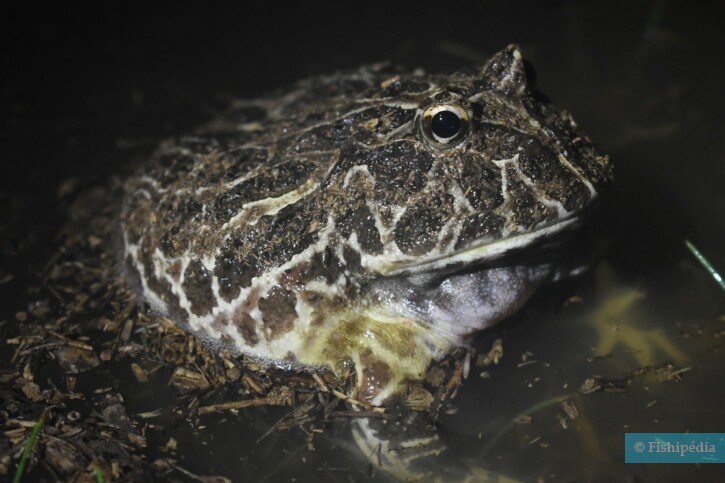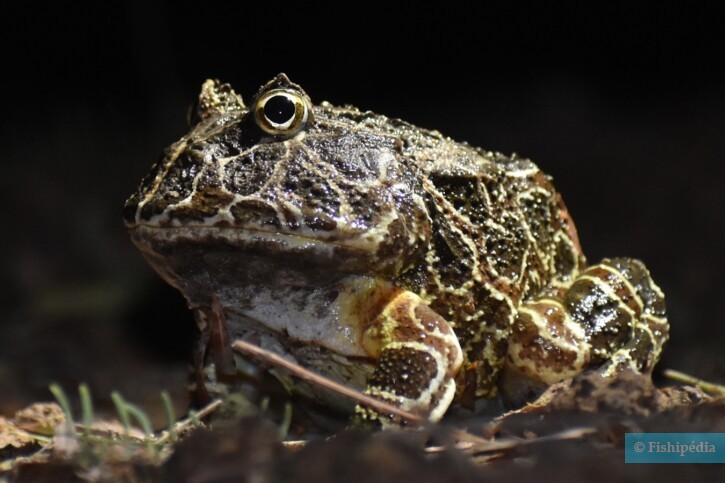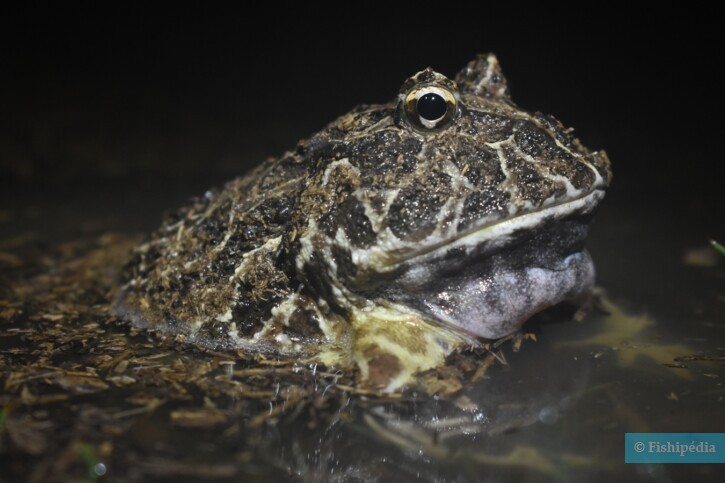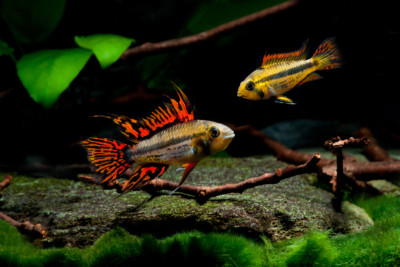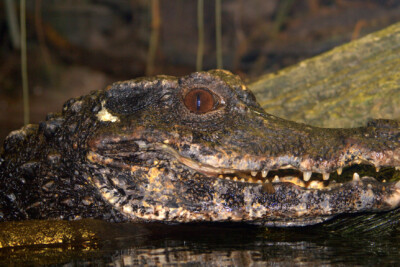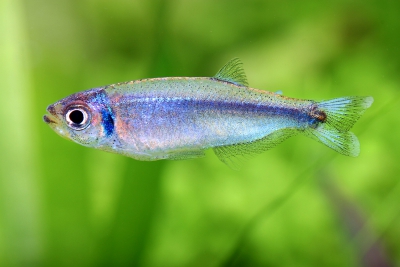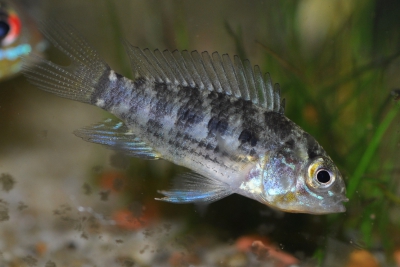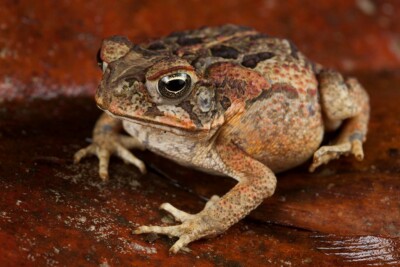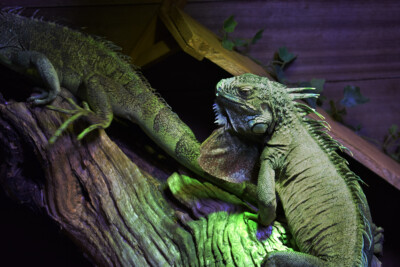cranwell's horned frog
| Scientific name | Ceratophrys cranwelli |
|---|---|
| Descriptor | Quartier |
| Year of description | 1980 |
| IUCN category (World) | LC |
| Family | Ceratophyllaceae |
| Genus | Ceratophrys |
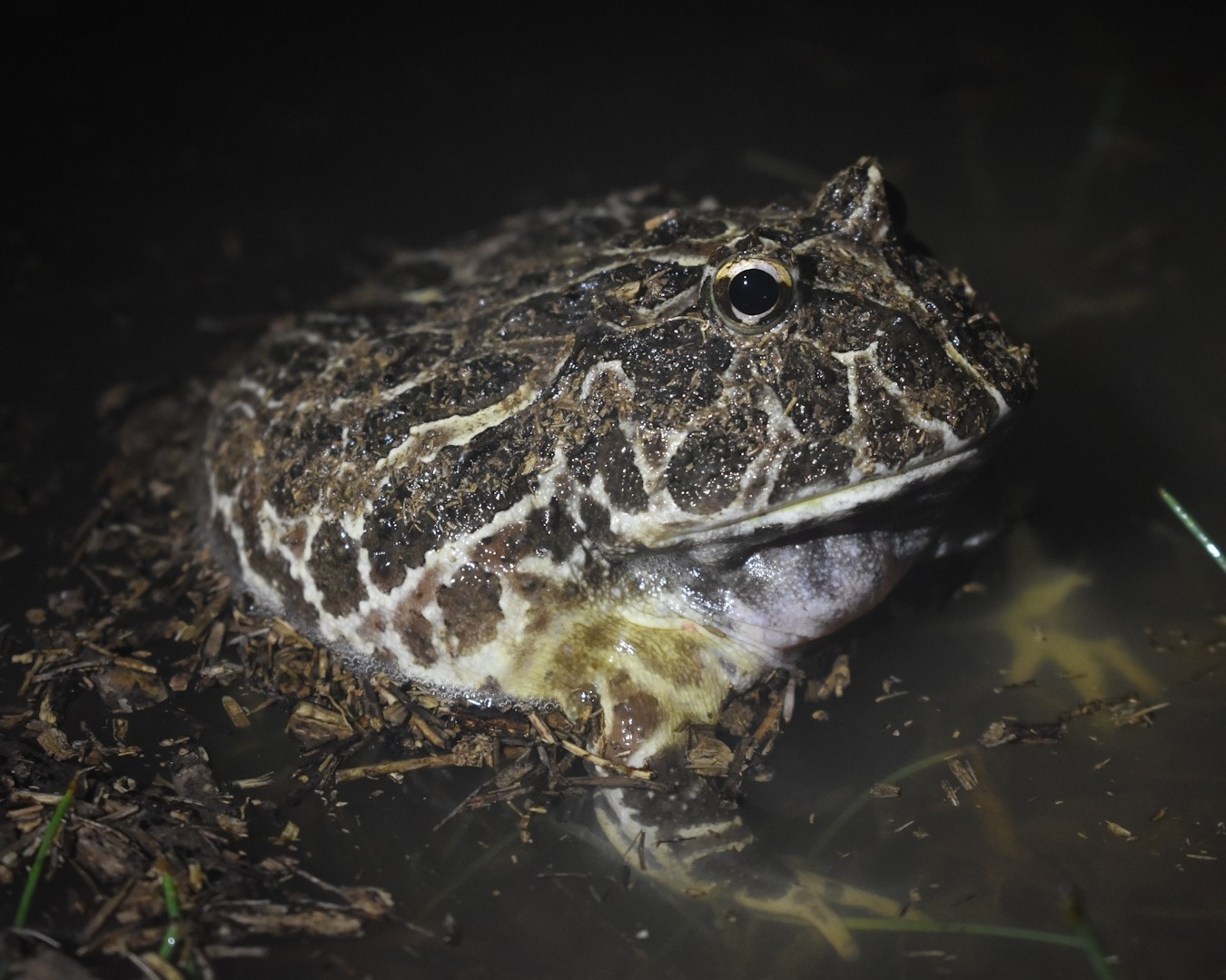

Introduction
Ceratophrys cranwelli, commonly known as cranwell's horned frog, is a fresh water amphibian from the Amérique du Sud.
This sheet is currently being prepared. The texts currently proposed come from our data model or are being drafted. To request priority for this content, you can write to us HERE.
Who is it?
Morphology
-
Size8 - 13 cm
-
Mimicryleaf
-
Longevity15 year
-
Size8 - 13 cm
-
Mimicryleaf
-
Longevity15 year
How to recognize the cranwell's horned frog ?
The cranwell's horned frog measures between 8 and 13 cm. this amphibian is tricolore with a predominantly vert, marron and beige body.
Behaviour & Life cycle
-
Sociabilitysolitary
-
Way of livingdiurnal
-
VenomousNo
-
Dietpredator
The cranwell's horned frog is an amphibian solitary naturally found Terre. This species is carnivorous .
The cranwell's horned frog is a territorial animal that does not tolerate any incursions into its living area. It is particularly virulent against other territorial species and it can provoke heated fights. Relationships between conspecifics are also hectic, with each seeking to secure its place. In a constant quest for dominance, the dominant males of this species cannot stand each other. The battle between two individuals can be intense and violent. It will result in the submission and sometimes even death of one of the protagonists.
Reproduction
-
Reproductionovipare qui forme des rubans d'œufs
The cranwell's horned frog is an amphibian ovipare qui forme des rubans d'œufs.
Harmless species
This species does not represent any particular threats to humans when encountered in its natural environment.
Where to find it?
What is its habitat?
Natural environment characteristics
-
Temperature20 - 26 °C
-
pH (acidity)6.8 - 7.2
Biotope presentation
The cranwell's horned frog is most often found at a depth between 0m and 1m. However, it is not impossible to find this species at other depths. This animal evolves in areas characterized by a strong presence of vegetation (aquatic and marsh plants, decaying organic matter, roots...).
Species of the same biotope
To go further
Sources & Contributions
Participation & Validation
The Fishipedia team and specialist contributors are committed to providing high-quality content. However, although the information comes from scientific sources or testimonials from specialists, the cards may contain inaccuracies.

Benoit Chartrer
Translation
Translation done with the valuable contribution of our translators, who make this information available to a wider audience. We sincerely thank them for their commitment.
Scientific partners
Species of the same family
Species of the same biotope
